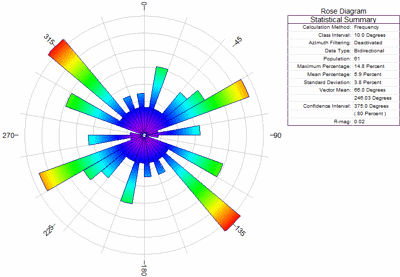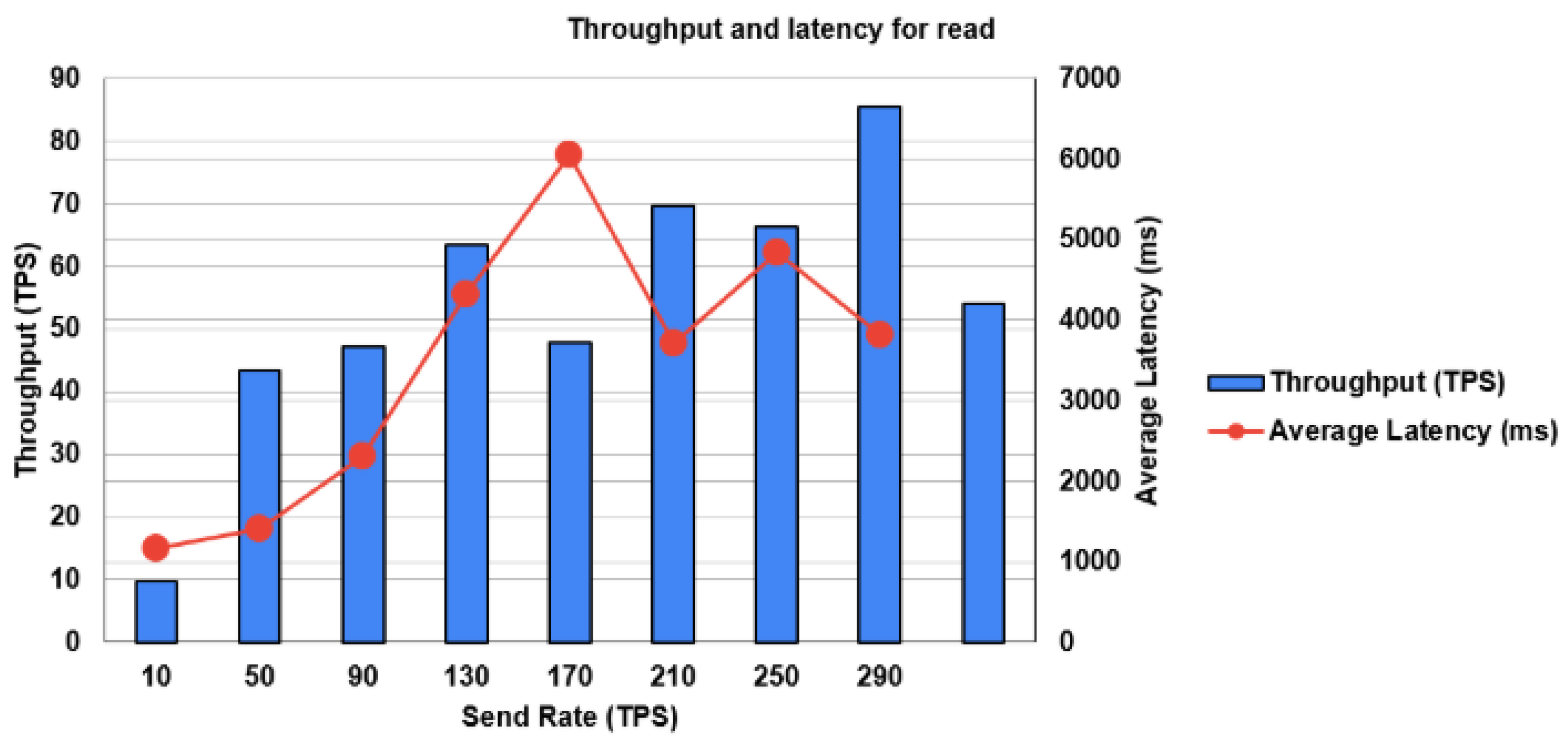

The petrophysical evaluation of log and core data provides main properties such as lithology, porosity, clay volume, grain size, water saturation, permeability and many others, which are essential for the evaluation of the reservoir formation (Rider 1996 Mukerji et al. ( 2004), Neog and Borah ( 2000), Ishwar and Bhardwaj ( 2013), have shown the relation of different petrophysical parameters with the reservoir characterization and production, and hence reduced the uncertainty of reservoir evolution in Upper Assam basin. Well logging plays a crucial role in the determination of the production potential of a hydrocarbon reservoir (Ellis 1987). Superior quality well log data are essential for the high-quality seismic reservoir characterization because well log data are routinely used for wavelet estimation, low frequency model building, seismic velocity calibration, and time-to-depth conversion. Finally, a numerical rock physics model is prepared to predict the elastic properties of the rock from petrophysical properties. A wide range of variation is observed in water saturation with lowest being 5%. The effective porosity for these sands varies from 15 to 22% in most of the wells. Sands are interpreted to be continuous in most of the blocks.

The Eocene reservoirs are found to be primarily sandstone intermixed with incidental clay matrix and some calcareous cementation. Cross-plots of different elastic parameters are generated to identify the lithology variability and pore-fluid type, and to establish likely distinction between the hydrocarbon bearing sands, brine sands and shale. The rock physics modeling allowed quantitative prediction of relationship between porosity, saturation (gas, oil and water), clay volume and the elastic properties. Rock physics study is carried out for analyzing the influence of porosity, mineral compositions and saturation variations on the elastic properties of the subsurface. Calibrations are made where core data were available.

Petrophysical evaluation has provided the estimation of fluid and mineral types, rock/pore fabric type and fluid and mineral volumes for invaded and virgin zones. In present paper, petrophysical evaluation of well log data from cluster of six wells in the study area is carried out in combination with rock physics modeling for qualitative and quantitative characterization of Eocene reservoir in Chandmari oil field of Assam-Arakan basin, India. Petrophysical evaluation of well log data has always been crucial for identification and assessment of hydrocarbon bearing zones.


 0 kommentar(er)
0 kommentar(er)
